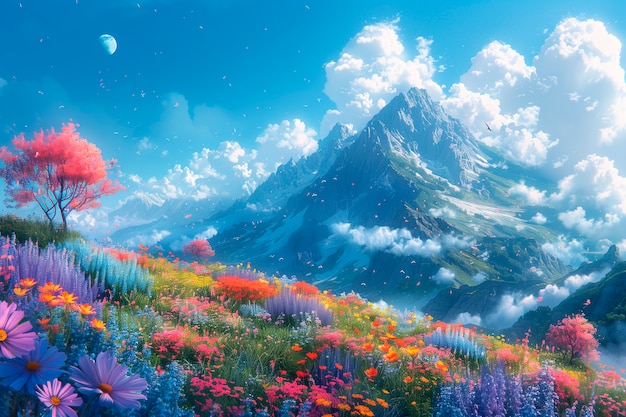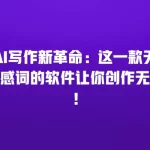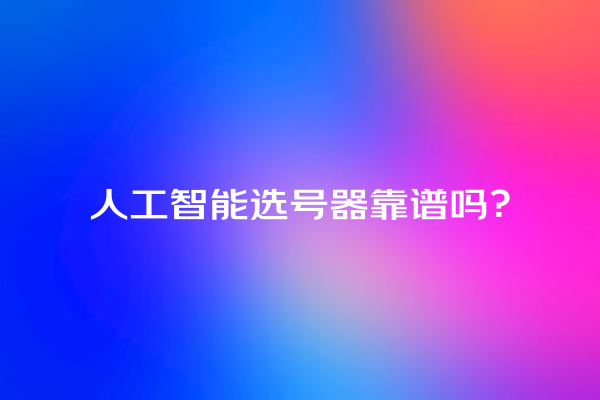共计 3643 个字符,预计需要花费 10 分钟才能阅读完成。
As we step further into the digital age, the intersection of art and technology becomes increasingly vibrant. One of the most exciting developments in this realm is AI painting. This innovative technique, which utilizes artificial intelligence to create art, is transforming the way we think about creativity, art production, and even the definition of an artist. In this article, we will explore what AI painting is, how it works, and its implications for the future of digital art.
What is AI Painting?
AI painting refers to the use of algorithms and machine learning to generate art. These systems can analyze vast amounts of data, from classic art styles to modern visual trends, enabling them to create original pieces that can mimic a variety of artistic styles. AI painting tools can produce anything from realistic portraits to abstract compositions, all at the click of a button.
How Does AI Painting Work?
AI painting predominantly relies on deep learning and neural networks. Here’s a simplified breakdown of the process:

参考文章: 探索 ChatGPT 网页版的所有功能与解决方案,轻松应对网站崩溃与登录问题!
Why AI Painting Matters
One of the most significant impacts of AI painting is the democratization of the art world. With powerful tools now accessible to the average user, anyone can create visually stunning artwork without traditional training. This opens up new avenues for self-expression and creativity, fostering a more inclusive art community.
AI painting encourages collaboration between humans and machines. Artists can experiment with AI-generated concepts as a starting point, igniting inspiration and new ideas. This collaboration can lead to groundbreaking mixed-media artworks that blend human creativity with machine precision.
AI-generated art is not just a replication of existing styles; it also has the potential to create entirely new genres. By analyzing various artistic movements, AI can combine elements in innovative ways, pushing the boundaries of what’s considered art. This evolution could lead to art that reflects contemporary digital culture, resonating with a new generation of art enthusiasts.
As machines increasingly participate in the creative process, the question of what constitutes an artist arises. Can AI be considered an artist? This discussion challenges traditional notions of authorship and creativity, prompting us to rethink the role of technology in art.
Real-World Applications
AI painting isn’t just a creative outlet. It has practical applications across various industries. For instance, in advertising, brands are using AI-generated imagery for campaigns to captivate audiences quickly. In gaming, AI helps develop unique textures and environments, enhancing the player’s experience. Additionally, interior design can benefit from AI painting by generating art that complements specific styles and themes.
Conclusion
AI painting is revolutionizing the landscape of digital art, blending creativity with technology in unprecedented ways. As these tools continue to evolve, they promise to enrich the art community and spark conversations about the future of creativity. Whether you’re an artist, a hobbyist, or simply an art lover, embracing AI painting can open up new dimensions of artistic expression.
As we look ahead, it’s clear that the partnership between humans and AI will only deepen, leading to a more innovative and inclusive art world. Embrace the future of creativity—AI painting is just the beginning.







